Black Knot Disease On Cherry Trees
Black knot disease on cherry trees. It affects mainly plum and cherry trees in North America. Tolerant trees have many galls. What to Do to Treat Black Knot Disease.
The disease is characterized by the presence of warty black from 12 inch to more. Quick facts Black knot is a common fungal disease of Prunus trees including ornamental edible and native plum and cherry trees. Black Knot caused by the fungus Apiosporina morbosa is a very common disease of plants in the genus Prunus See Table 1.
The disease produces rough black growths that encircle and kill the infested parts and provide habitat for insects. Within the last three months I have had easily 150 questions about black knot disease on Schubert choke cherry. And each knot can achieve a black or olive-green color.
Every single branch with these gulls must be cutyou can show no mercy. Apiosporina morbosa Introduction wild plums prunes galls which may vary in size and Midwest black knot causes serious losses to Black knot has been reported on 24 Black knot disease occurs on numerous cultivated and and cherries Prunus spp. Hard swollen black galls tumor like growths form on branches and occasionally on trunks.
Common among most prunus varieties including ornamental edible and native types. If you find black gulls growing you are in big trouble. Many Prunus trees tolerate black knot.
It affects cherry plum apricot and chokecherry trees in North America. Black knot of cherry trees is a fungal disease caused by the pathogen Apiosporina morbosa. Black knot the fungus Apiosporina morbosa shows its ugly face on many species of trees including fruit-bearing trees.
It gradually grows and becomes hard and black by fall which is usually when youll spot it. If you have cherry or plum trees you might have noticed enlarged black swellings on some of the branches that are quite noticeable once the trees have lost their leaves for the winter.
Common among most prunus varieties including ornamental edible and native types.
Black knot the fungus Apiosporina morbosa shows its ugly face on many species of trees including fruit-bearing trees. The black knot fungus mainly affects twigs branches and fruit spurs although sometimes trunks may also become diseased. Common among most prunus varieties including ornamental edible and native types. Black Knot Disease in Cherry Trees Black knot of plum and cherry trees is a widespread and serious disease throughout North America. Black knot is a widespread fungal disease that attacks plum and cherry trees both fruiting and ornamental. This disease reduces the aesthetic value of affected specimens as infections. Black knot is a fungal disease caused by the fungus Apiosporina morbosa formerly referred to as Dibotryon morbosum. It affects cherry plum apricot and chokecherry trees in North America. These swellings resemble knots thus the common name.
Its likely black knot which is a fungal disease that most frequently attacks plum and cherry trees. The fungus Apiosporina morbosa also identified as Dibotryon morbosum and Plowrightia morbsum singles out trees of the genus prunus which includes peach apricot and chokecherry. It gradually grows and becomes hard and black by fall which is usually when youll spot it. It affects cherry plum apricot and chokecherry trees in North America. It affects mainly plum and cherry trees in North America. 7 Common Cherry Tree Diseases and How to Treat Them 1. A survey in Alberta revealed a significant and widespread distribution of Black Knot found in commercial municipal private and natural plantings.





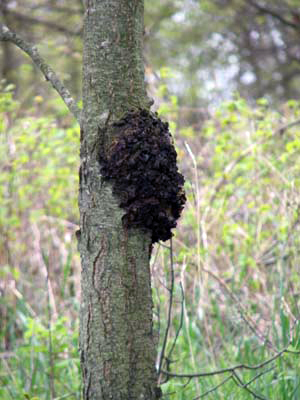


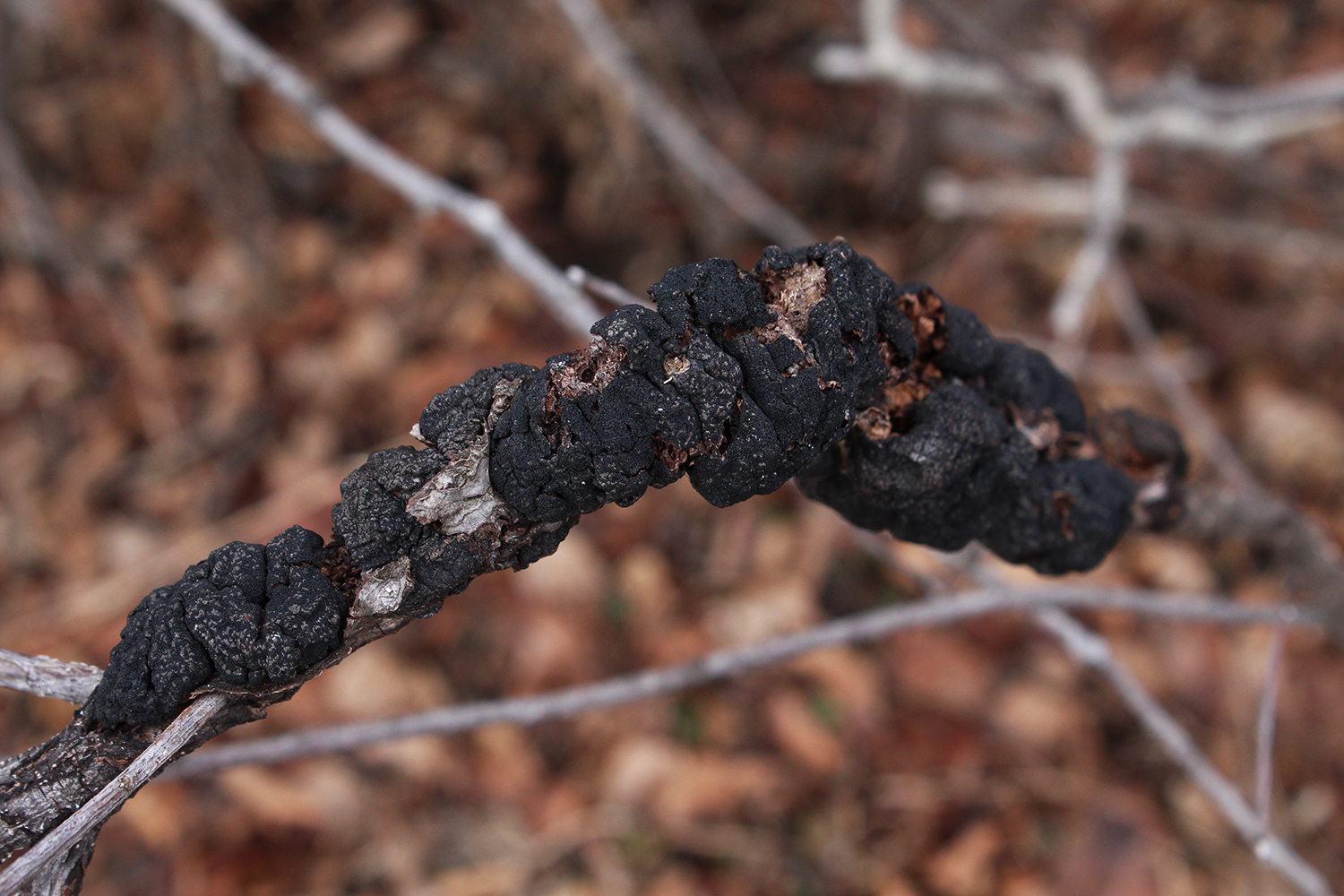

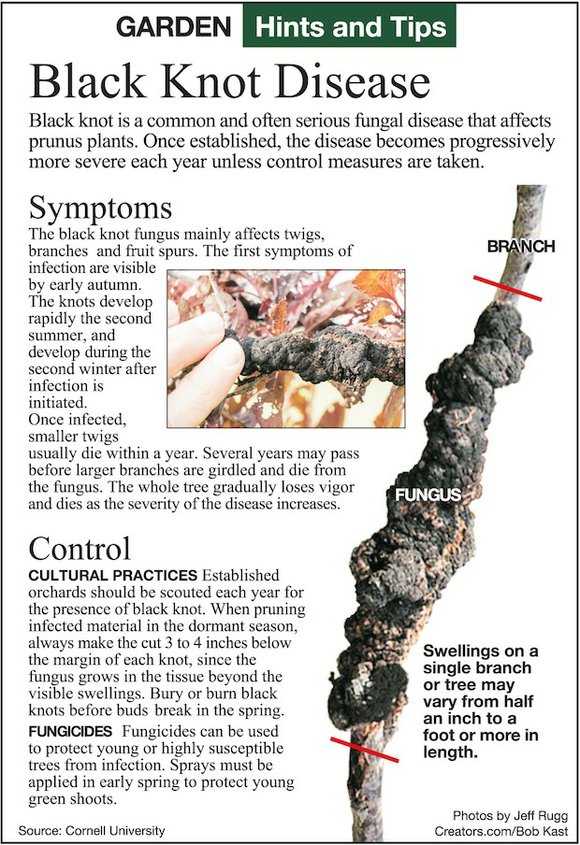







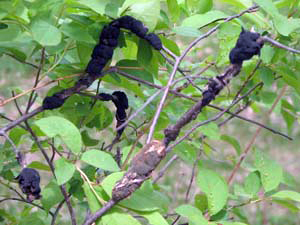







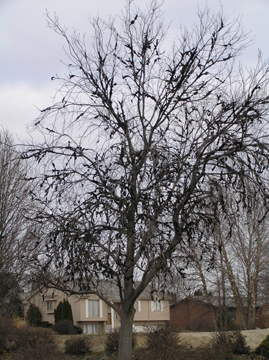

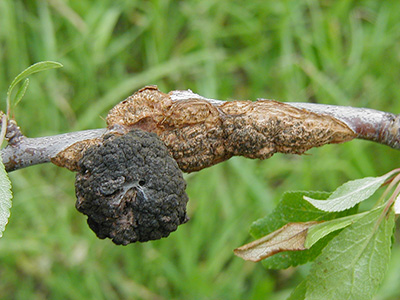
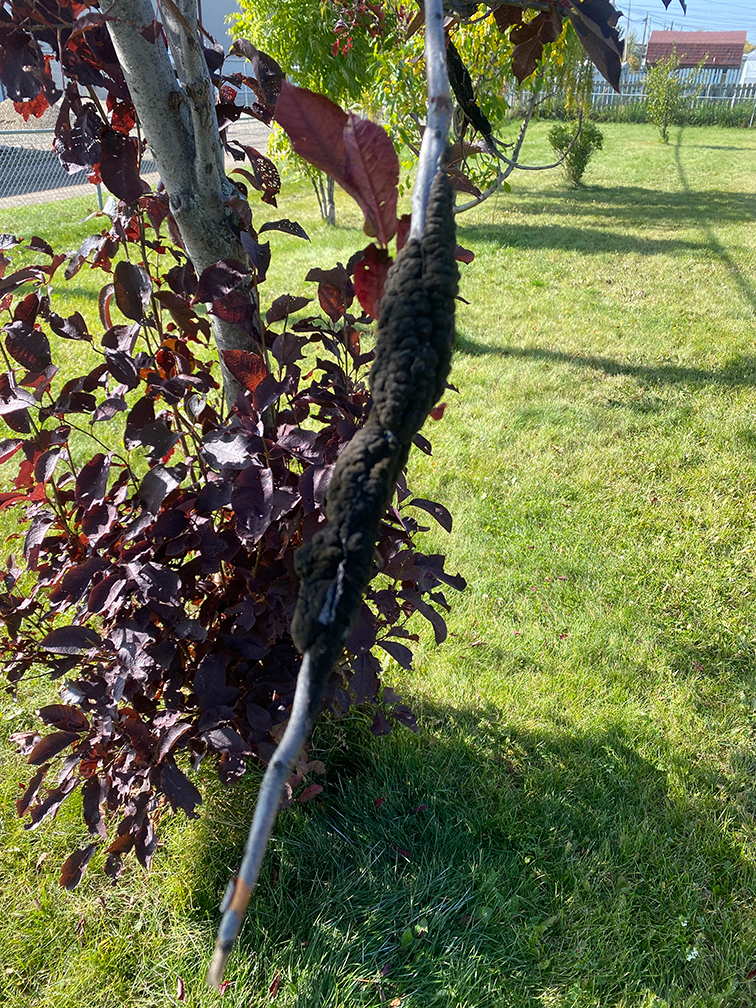




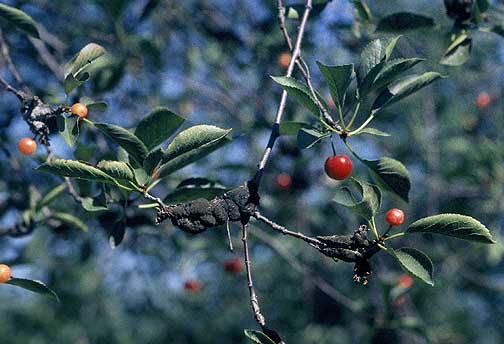


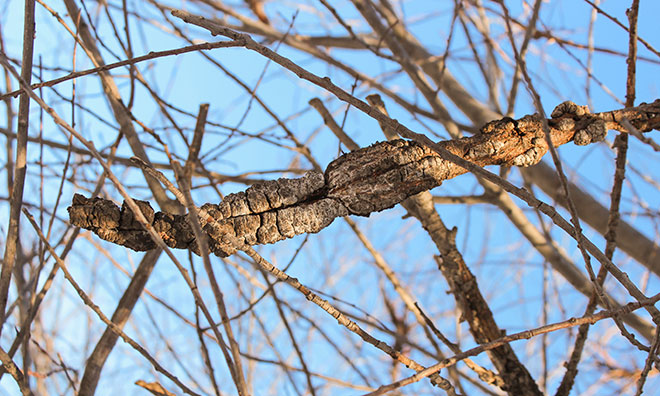
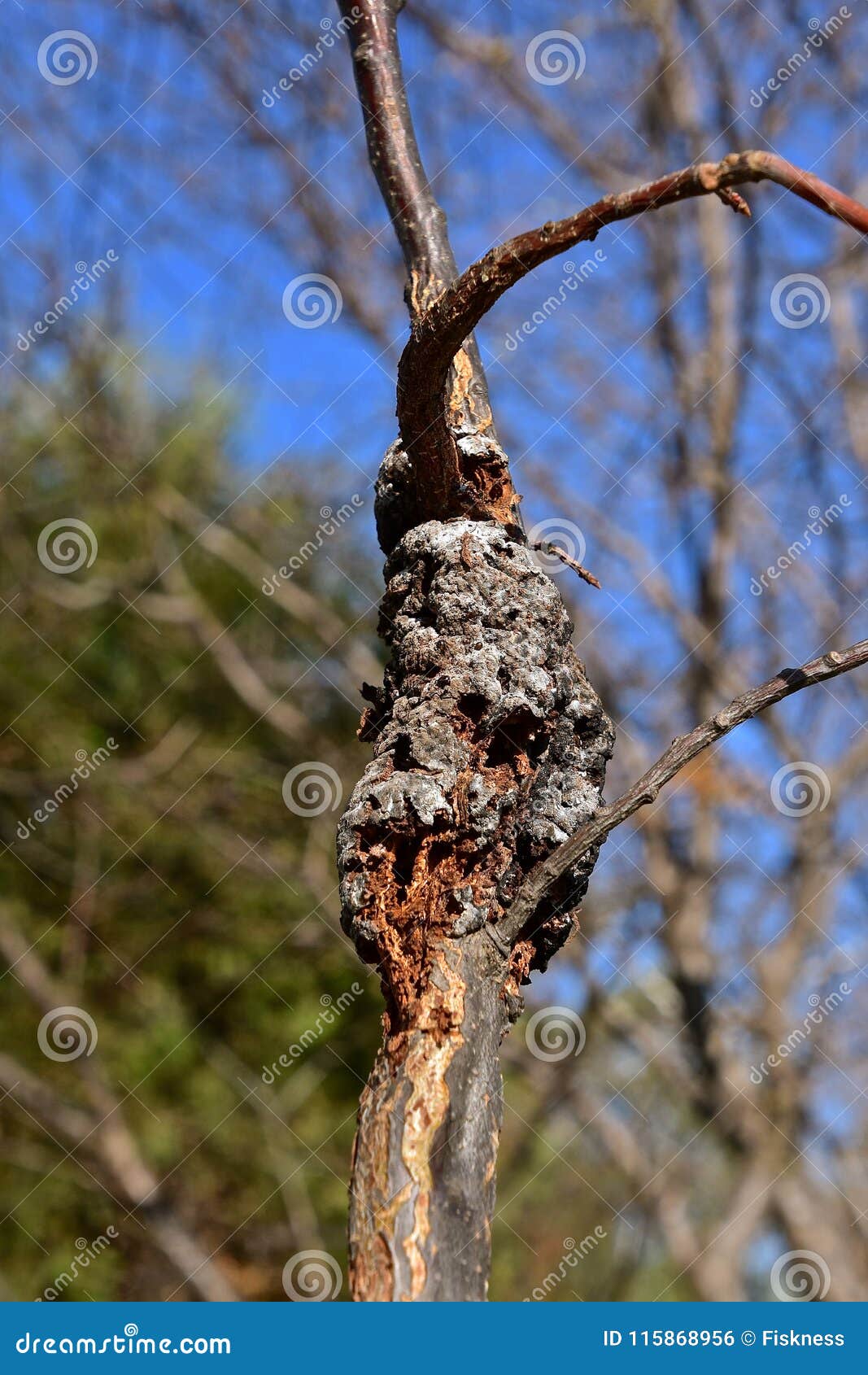


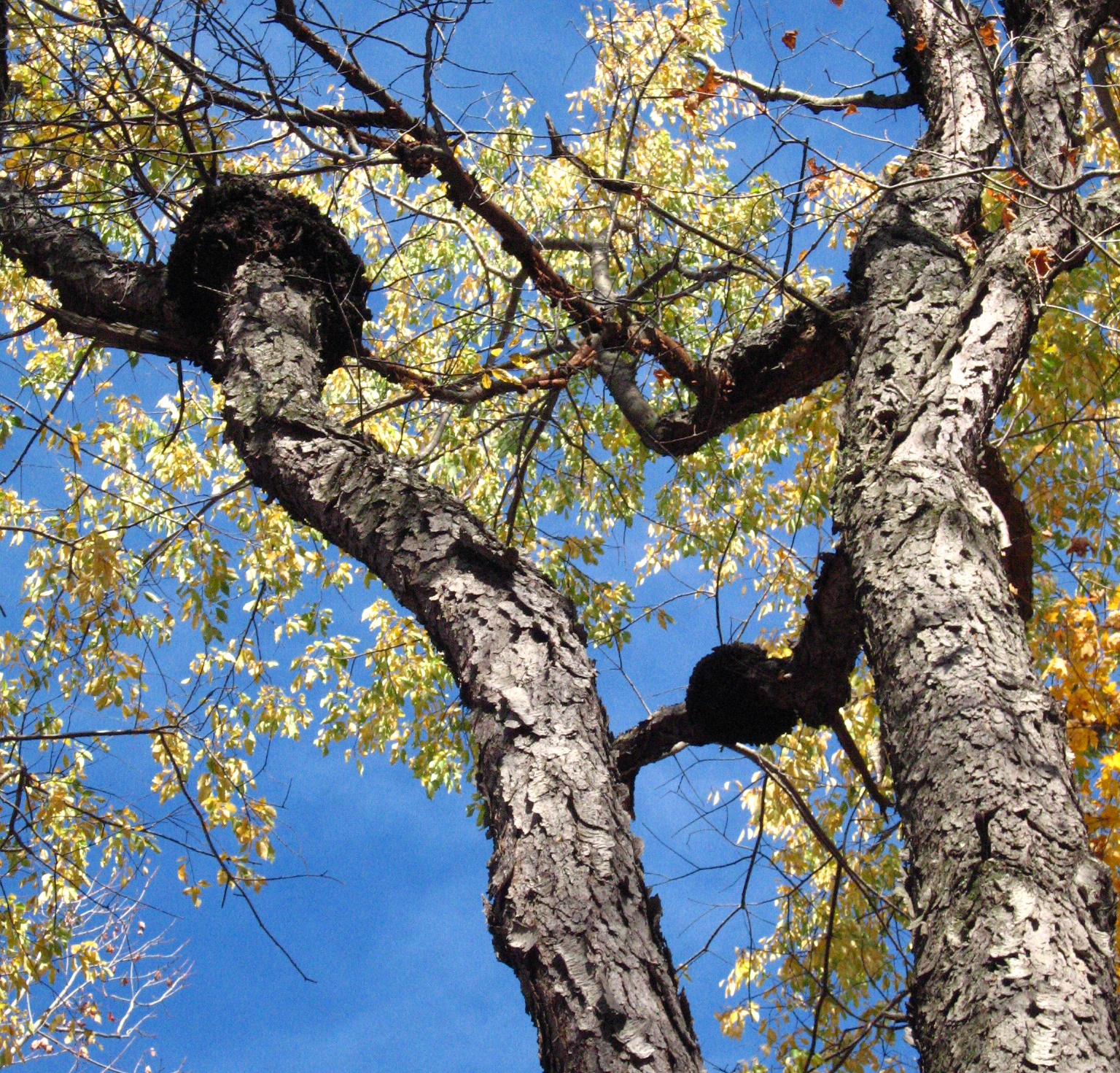

Posting Komentar untuk "Black Knot Disease On Cherry Trees"